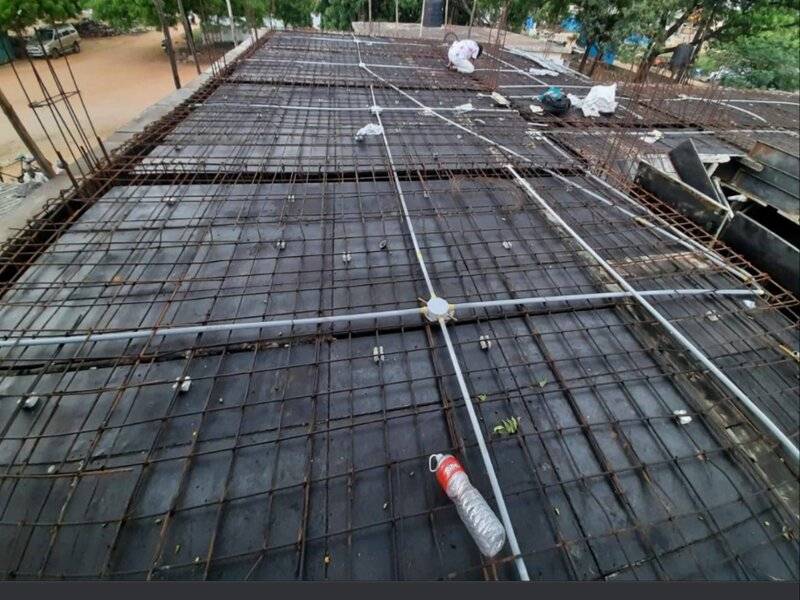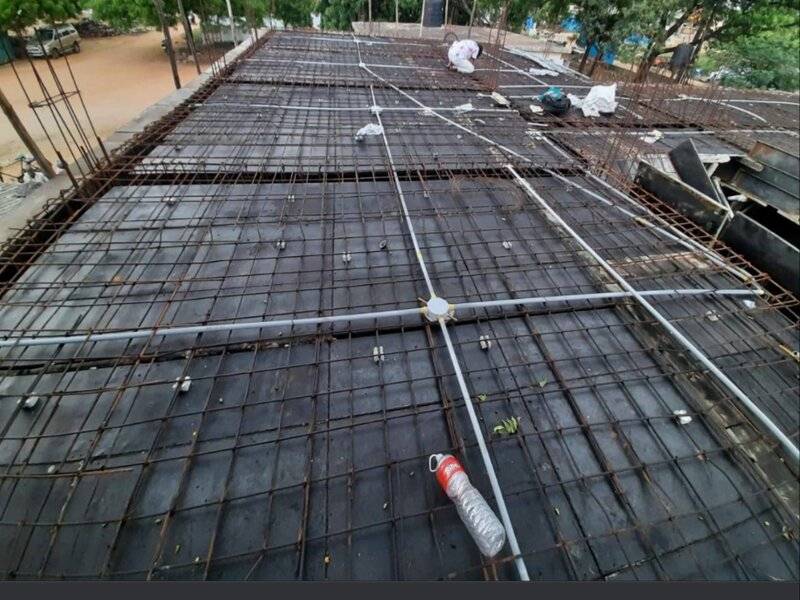Description
🏠 Global Technology – One Stop Solution for Home Services Service: Slab Piping Installation & Repair 📧 Email: helpglobaltechnology2814@gmail.com 📞 Call: 7780517507 🛠️ Warranty: One-Month Service Guarantee Global Technology is your one-stop destination for all professional home services in Hyderabad, offering trusted solutions for plumbing, electrical, CCTV, AC installation, fabrication, and more. Among our specialized services, Slab Piping Installation and Repair stands out for its precision, durability, and reliability. Our expert technicians ensure that every water and drainage line inside the slab is fitted with perfection to prevent leakage, water blockage, and long-term damage. We understand that slab piping is a critical part of home construction and renovation. It is the foundation of your plumbing system, and if not done correctly, it can cause structural and maintenance problems later. That’s why Global Technology uses premium-quality pipes, fittings, and sealing materials from trusted brands to guarantee long-lasting results. Our team strictly follows IS and plumbing safety standards, ensuring all work is neat, leak-proof, and ready for years of trouble-free use. Whether you are constructing a new house, renovating an old property, or facing issues like water leakage, pipe cracks, or pressure drops in existing slab lines, our professionals can identify and fix the problem quickly. We handle cold and hot water pipelines, bathroom drain lines, kitchen sink piping, and concealed water routes within concrete slabs. Our use of modern tools, proper leveling, and accurate measurement ensures the pipes are laid with the correct gradient for smooth water flow. At Global Technology, we believe in transparent service and customer satisfaction. We provide a clear cost estimate before starting any work, ensuring there are no hidden charges. Our team reaches on time, completes work efficiently, and cleans the site after finishing the job. With our one-month service warranty, customers can rest assured that we stand behind the quality of our work. If any issue arises within the warranty period, our technicians will visit and fix it promptly—free of cost. We serve all major areas of Hyderabad including Kukatpally, Miyapur, Gachibowli, Madhapur, Kondapur, Banjara Hills, Jubilee Hills, Manikonda, and Secunderabad. Whether you need slab piping for a new flat, villa, commercial property, or an apartment building, Global Technology has the right tools and experienced manpower to handle it with excellence. Your comfort, safety, and satisfaction are our top priorities. That’s why we’re known as Hyderabad’s most reliable home service provider. From slab piping to bathroom fittings, from electrical wiring to inverter and CCTV installations—Global Technology is your trusted partner for all essential home and office solutions under one roof. 📞 Call Now: 7780517507 📧 Email: helpglobaltechnology2814@gmail.com ✅ One-Month Service Warranty | Fast Response | Expert Technicians



 30min
30min